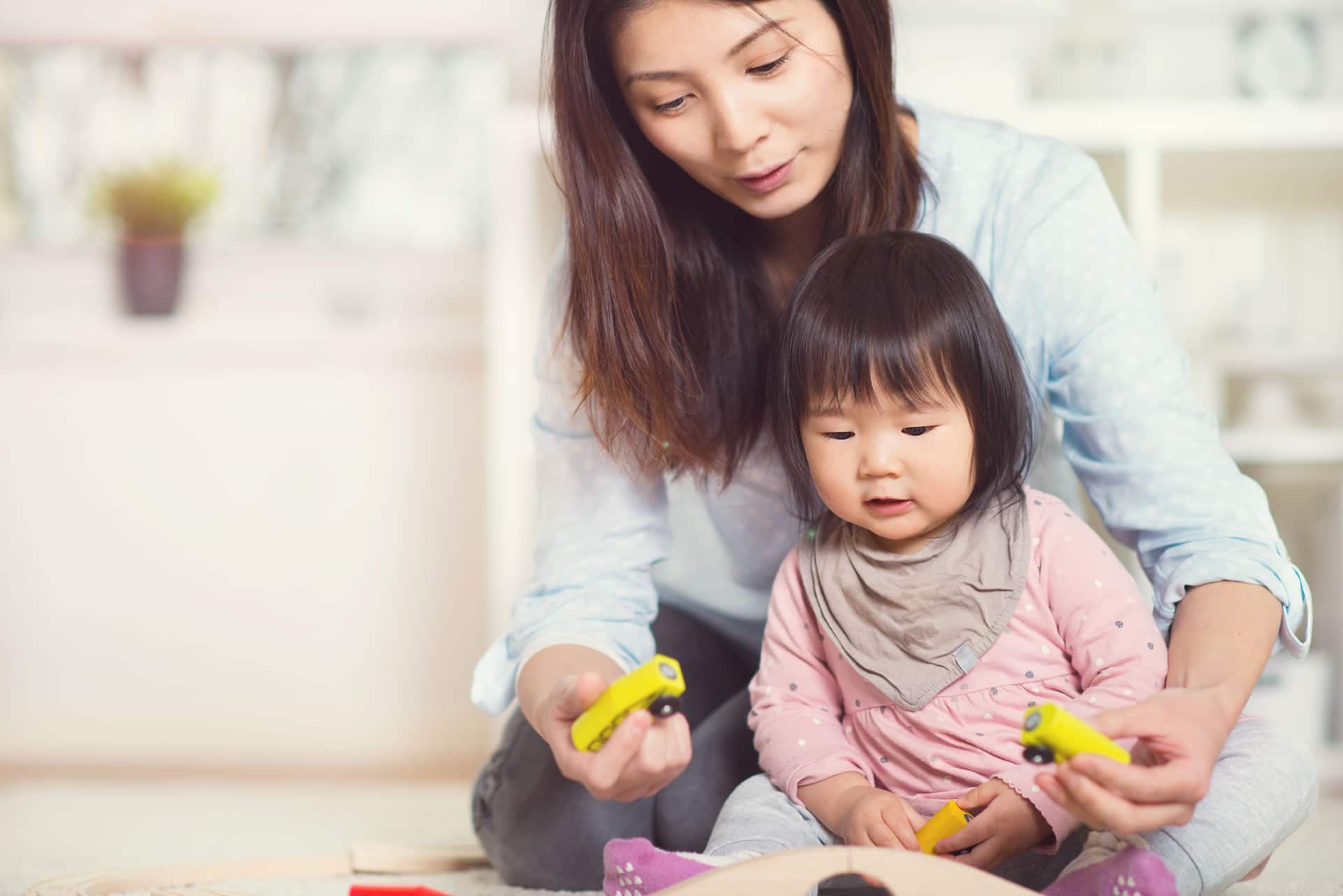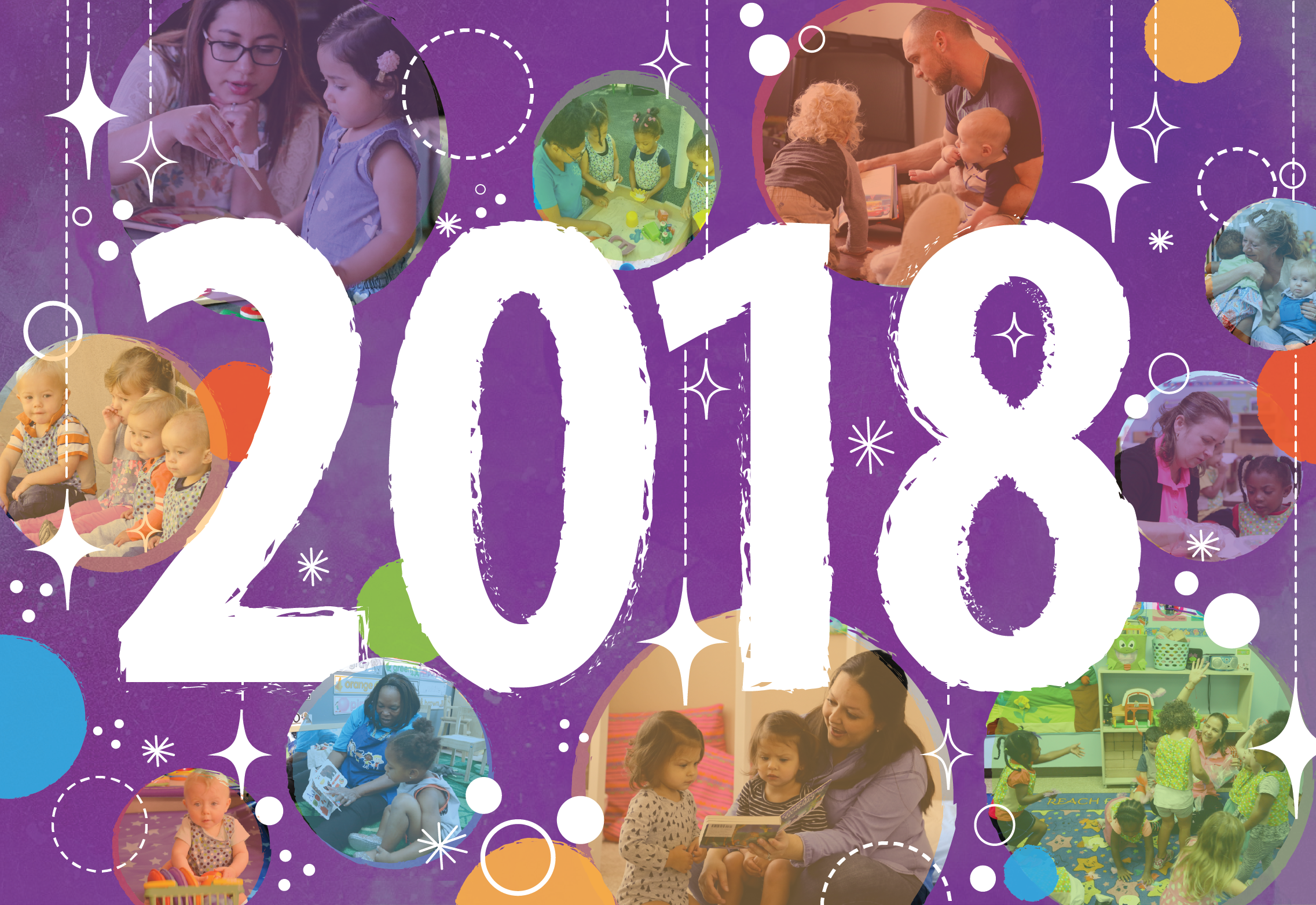Editor’s note: This is a guest post from Megan Carolan of The Institute for Child Success.
The year was 2006.
Pluto had just been downgraded from planet status, the world had just met Miley Cyrus on Hannah Montana, and if you were the parent of a young child, you were spending your days in back-and-forth conversations about car-cars, pup-pups, and everything else that caught their eye.
Fear not, though, because new research tells us that those conversations are paying dividends for those kids who are now tweens.
A new study in Pediatrics by LENA researchers found that language interaction between parents and children ages 18 to 24 months is linked to outcomes for those kids 10 years later in terms of IQ, verbal comprehension, and vocabulary. In particular, the researchers found that conversational turn count – the back-and-forth between adults and children – was linked to these long-term outcomes even after controlling for socioeconomic status.
Learn more about the conversational turns research in this webinar discussion featuring lead author Dr. Jill Gilkerson.
This study is the latest to drive home the importance of everyday language interactions between adults and children. What makes it notable is the link to long-term outcomes for children ages 9 to 14 based on a brief window of time in early childhood. While children themselves won’t have memories of each conversation years later, the impacts are clearly long-lasting and profound.
As an organization focused on systems-level reform, we at the Institute for Child Success recognize that early opportunities to foster development and learning – rather than just providing remedial services down the line – are a smart investment, for children, families, and communities. By learning about their everyday linguistic habits, families and child care providers gain insights which they can use to make positive change. This research helps to foster positive, strengths-based guidance for parents, helping them build on their everyday interactions. It’s also an “all hands on deck” call to action – while this study has focused on parent-child interactions, young children benefit from engaged conversational partners no matter who they are – parents, child care providers, grandparents, and uncles and aunts.
So, what do we do with this new research?
For parents and others with a child in their lives, start identifying ways to engage in back-and-forth conversations – even if they aren’t always using real words, or even if you’ve had this same conversation the day before. Take notice of what your child is looking at in your home, in books, and on your walk to the grocery store, and ask them about that. For parents of even younger children, it’s a good habit to get into early – even before your child can respond, they are noticing how adults speak, and starting early will help develop it into a habit you don’t even think twice about.
For professionals working with children, ranging from child care providers to doctors to librarians, the research reminds us that everyone plays a role in developing language. In commentary accompanying the paper, Doctors Perri Klass and Alan Mendelsohn say that the “findings support ‘primary prevention’ of disparities in development and school readiness, beginning early in life before their onset…[P]rimary prevention can be used to provide an opportunity for population-level delivery across the socioeconomic spectrum, with potential for low cost and cascading impacts across the life span.” Dr. Klass and Mendelsohn would know– they are involved with Reach Out and Read, a national model that uses well-child visits as an opportunity to promote shared reading and language development. They go on to highlight several other promising tools for developing language skills which can be incorporated into existing school- and community-based programs. While individual professionals can make changes in their daily practice to meet family needs, we recommend that school districts, foundations, and professional associations also explore opportunities to invest in training and resources to help the workforce achieve these goals.
And for those who think they work outside of the world of children – think again. From laundromats to grocery stores to bus stops, innovative research projects have shown us that community spaces can help drive rich language development for children and foster these types of back-and-forth conversations that children need. We are happy to share resources the Institute has compiled on light-touch community level interventions to help foster early development, meeting families where they are and building from a strengths-based perspective.
While this new research demonstrates the importance of conversational engagement for 18- to 24- month-olds, we know that language and literacy development start early and keep growing throughout childhood. There’s no such thing as starting “too early” – or too late, for those whose children are out of this specific age window. We encourage you to find a way that works for your family to incorporate quality conversations into your daily life with children. It’s one of the easiest ways today you can help shape the future of your child – plus, these conversations may make for fond memories when the future tweens tune us out!






